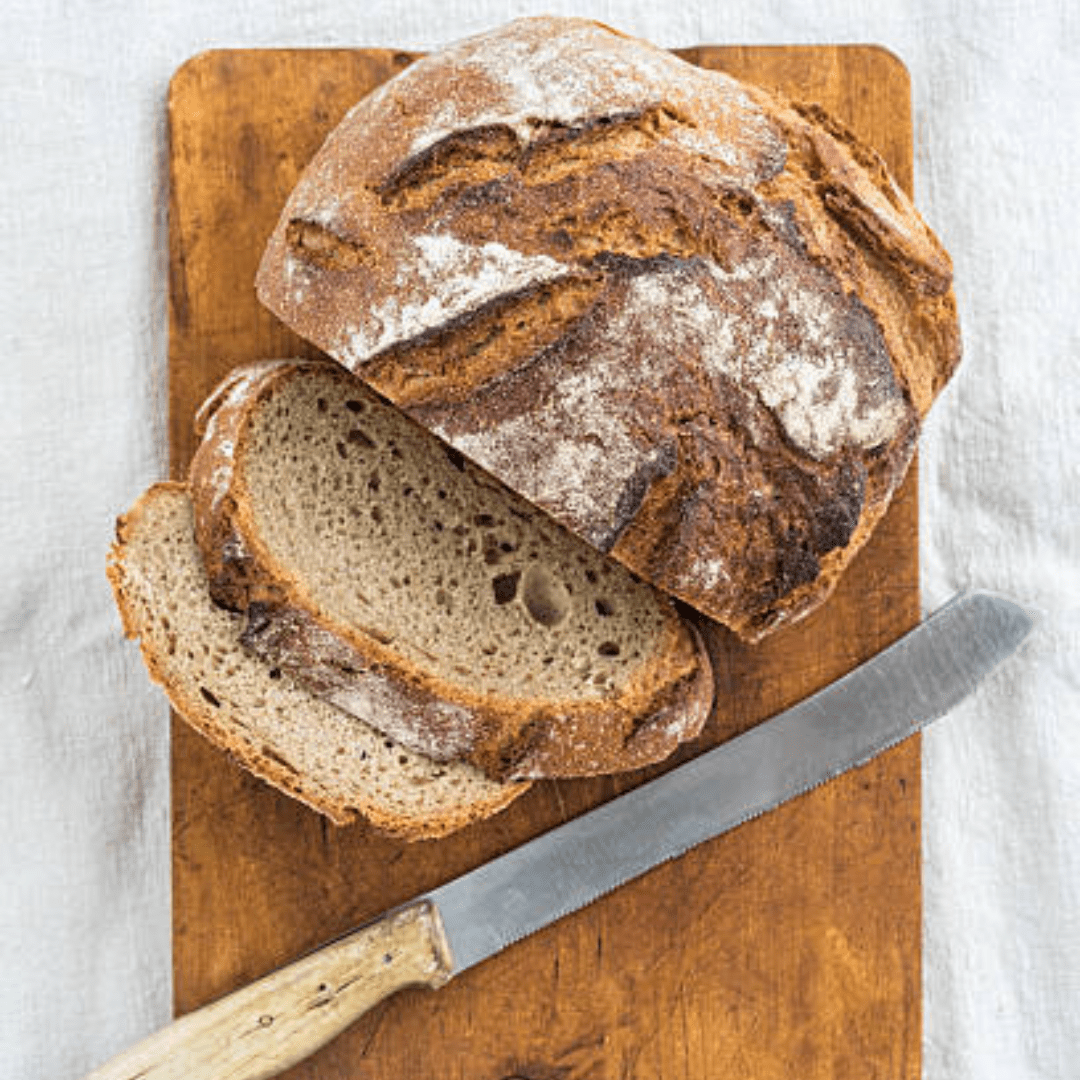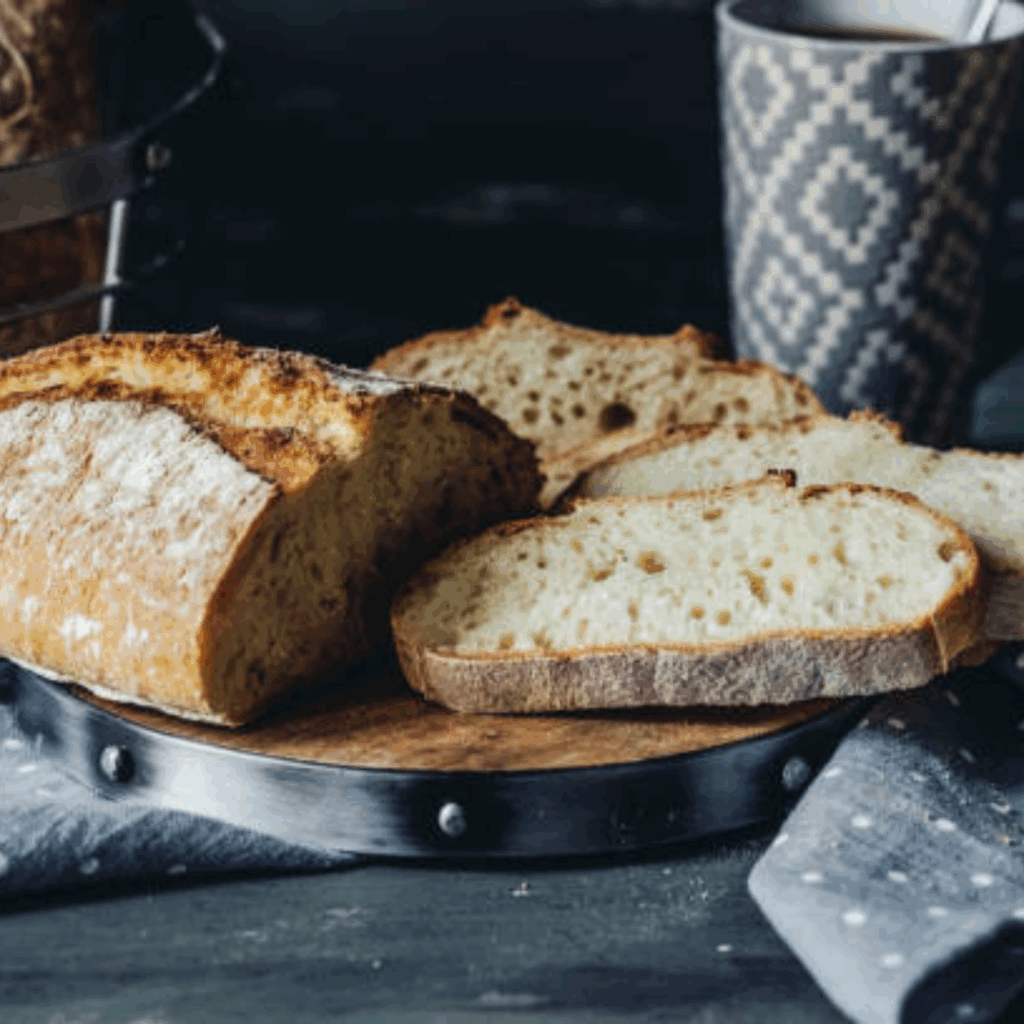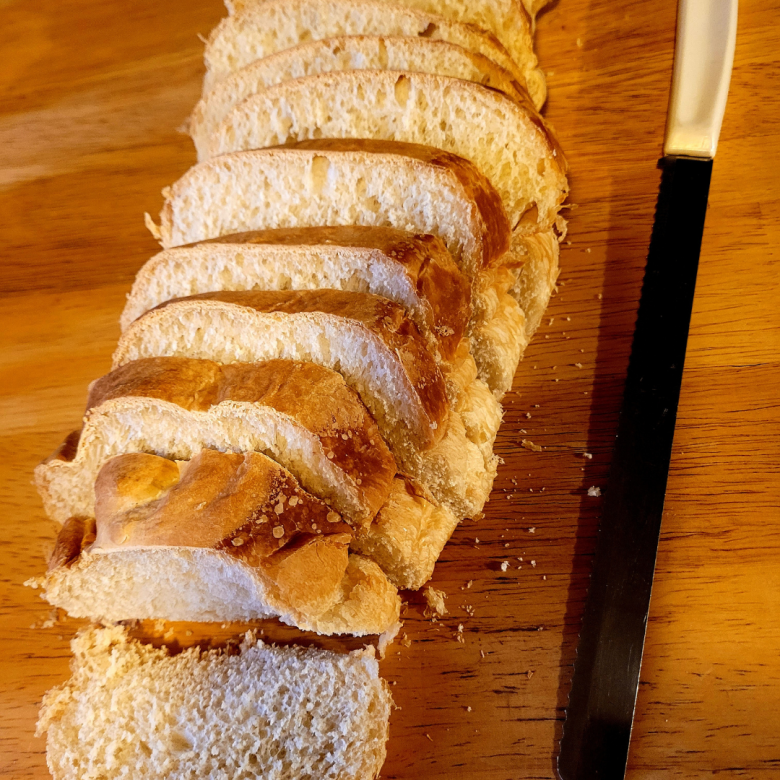Is sourdough healthy bread?
Sourdough bread has been a staple in diets for centuries, revered not only for its unique flavor and texture, but also for its potential health benefits. In this article, I go into the world of sourdough bread to explore why it is considered a healthier choice compared to commercial bread. From its rich history and nutritional profile to its impact on gut health and blood sugar levels, I uncover the reasons why sourdough bread is gaining popularity among health-conscious individuals.
This is a pinnable post. Tap or hover over any image in this post to pin to your Pinterest Boards.
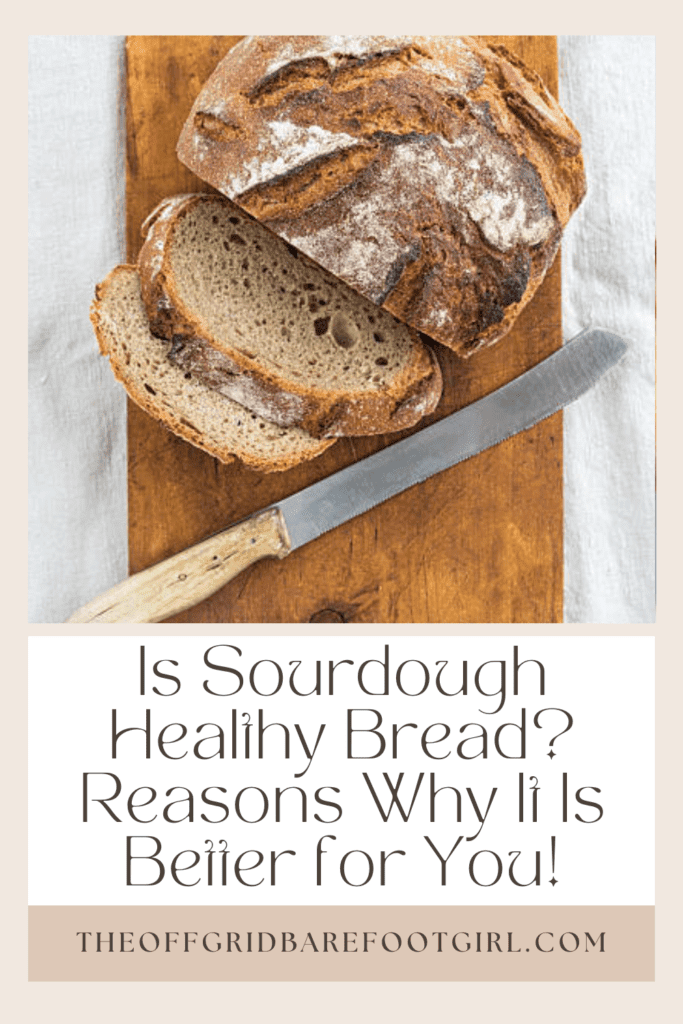
Introduction to Sourdough Bread
History and Origins of Sourdough
Sourdough is like that vintage denim jacket of the bread world – timelessly cool and oh-so classic. It’s been around since before hashtags were a thing, with a history as rich as its flavor. Picture ancient civilizations fermenting dough to create leavened bread – that’s the OG sourdough.
Traditional vs. Commercial Sourdough
Traditional sourdough relies on wild yeast from the environment for fermentation, resulting in a complex depth of flavor and signature tanginess. On the other hand, commercial sourdough is mass-produced in factories using commercial yeast for a quicker rise and consistency in flavor and texture. While convenient and easily accessible, commercial sourdough lacks the depth and authenticity of traditional sourdough due to shortcuts taken in the fermentation process. Ultimately, whether you prefer the nostalgic taste of tradition or the convenience of commercially made bread, both types of sourdough have their own unique appeal and loyal followings.
Nutritional Benefits of Sourdough
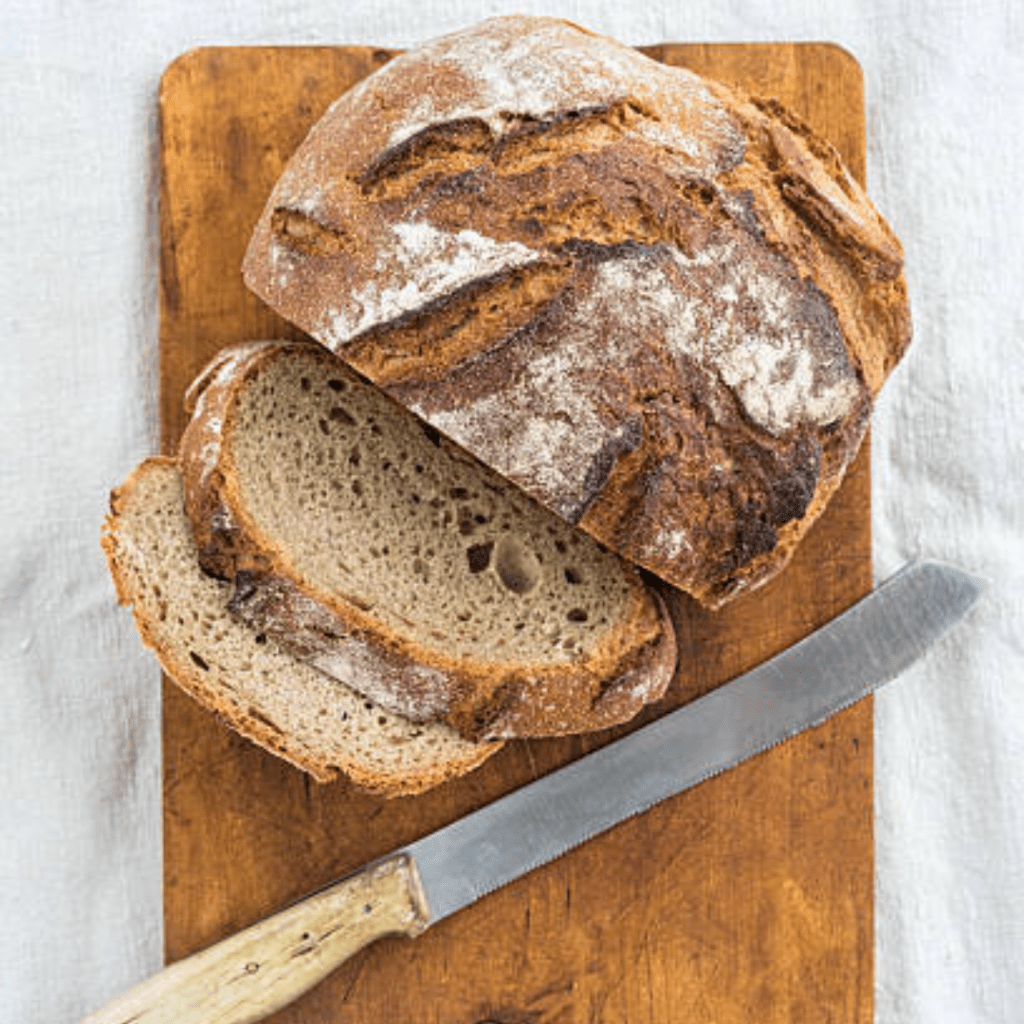
Rich in Beneficial Nutrients
Sourdough isn’t just a pretty loaf with a crunchy crust – it’s packed with goodies your body will thank you for. Think B vitamins, minerals, and antioxidants that put those sad, plain slices of bread to shame.
Presence of Prebiotics and Probiotics
Sourdough is that friend who brings good vibes to the party – it’s full of prebiotics and probiotics, the kind of gut-friendly stuff that keeps your stomach happy and your digestion smooth sailing.
Digestibility and Gut Health

Fermentation Process and Digestibility
Fermentation isn’t just for fancy cheese or kombucha – it’s the magic behind sourdough’s digestibility. Those friendly bacteria work their mojo during fermentation, making sourdough a friendlier option for your belly.
Impact of Sourdough on Gut Microbiota
Your gut is like a bustling city, with trillions of bacteria calling it home. Sourdough bread is like the urban planner, helping maintain a healthy balance of gut bacteria and keeping your microbiota thriving.
Sourdough’s Impact on Sugar Levels

Lower Glycemic Index of Sourdough Bread
Sourdough is that cool kid who doesn’t mess with sugar highs and crashes. It has a lower glycemic index compared to its plain white bread cousin, meaning it won’t send your blood sugar on a rollercoaster ride.
Steady Release of Energy
Forget about that mid-morning slump or sugar cravings that hit like a ton of bricks – sourdough’s slow-release energy will keep you fueled and focused. You know that feeling of being hungry just an hour after eating toast for breakfast? Yeah, not cool. That’s where sourdough bread swoops in to save the day with its steady release of energy. Thanks to the fermentation process, sourdough bread has a lower glycemic index compared to regular bread, which means it won’t cause your blood sugar levels to spike and crash like a rollercoaster. Instead, you’ll experience a gradual and sustained release of energy throughout the day, keeping those hunger pangs at bay and avoiding any crashes.
Plus, the complex carbohydrates found in sourdough bread take longer to digest, leaving you feeling fuller for longer periods of time. So go ahead, ditch the boring old white bread, and opt for some deliciously tangy sourdough to keep you fueled and focused all day long!
Comparison with Commercial Bread
Nutritional Profile Contrasts
Sourdough bread packs a punch when it comes to nutrition compared to commercial bread. With its fermentation process, sourdough boasts higher levels of minerals, vitamins, and beneficial bacteria that support gut health.
Differences in Processing Methods
Commercial bread often undergoes rapid processing, using additives and preservatives for a longer shelf life. In contrast, sourdough is made through a natural fermentation process that enhances nutrient bioavailability and digestibility.
Incorporating Sourdough into a Healthy Diet
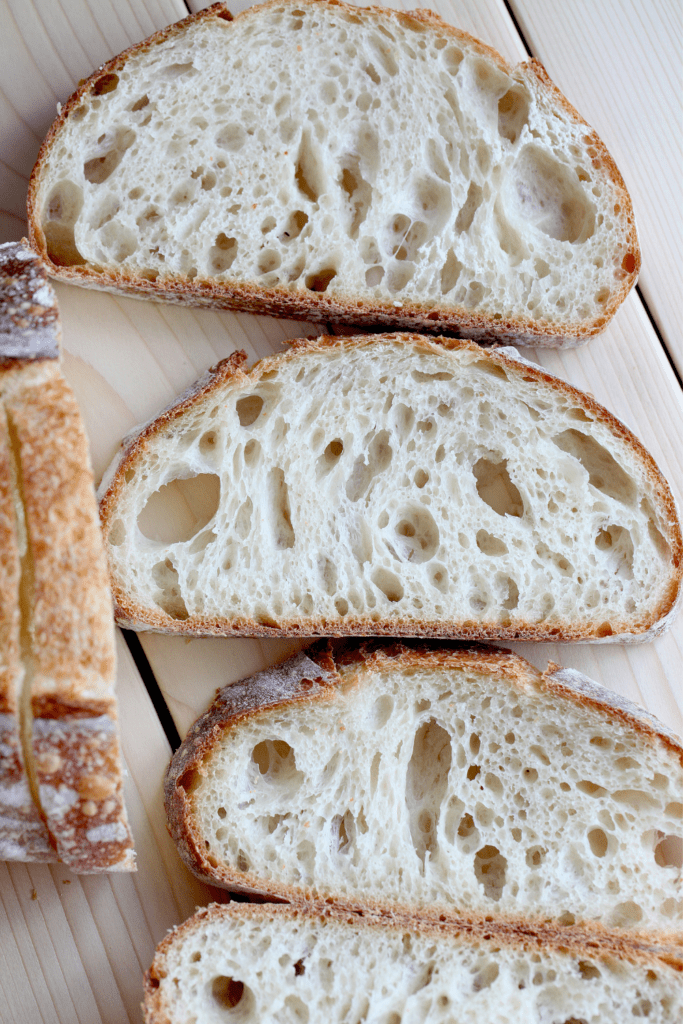
Recipes and Meal Ideas
From avocado toast to hearty sandwiches, sourdough can be the star of many delicious dishes. Try using it for French toast, paninis, or croutons for soups and salads for a flavorful twist.
If you are interested in starting your own sourdough starter, I have a full recipe tutorial to help you get started along with some other helpful sourdough topics!
- The Ultimate Guide to Crafting a Perfectly Tangy Wild Sourdough Starter
- The Ultimate Guide to Making Sourdough Bread from Scratch
- Everything You Will Need for Sourdough Bread Baking
- Sourdough Discard Fry Bread: Easy Sourdough Discard Hack
Tips for Choosing Quality Sourdough
Look for sourdough bread made with minimal ingredients, preferably organic flour, water, salt, and a sourdough starter. Avoid bread labeled as “sourdough flavor” or containing added sugars or artificial additives for the best health benefits.
Why Sourdough is a Healthier Choice
Sourdough bread isn’t just a trend—it’s a smart choice for your health. With its naturally leavened process, superior nutrition profile, and gut-friendly properties, sourdough deserves a prime spot in your diet. So, toast to better health with a slice of tangy, chewy sourdough today!
Conclusion
In conclusion, the nutritional benefits, digestibility, and impact on blood sugar levels make sourdough bread a standout choice for those seeking a healthier bread option. By understanding the advantages of incorporating sourdough into a balanced diet, individuals can make informed choices that prioritize both flavor and wellness. Embracing the tradition of sourdough baking may just be the key to unlocking a healthier and more enjoyable bread experience.
Resources: Here are some more resources for you to check out!
- Is Sourdough Bread Healthy? – By EatingWell
- Top 6 Health Benefits of Sourdough – By Good Food
- 11 Reasons Why Everyone Should Be Eating Sourdough – By A Bread Affair
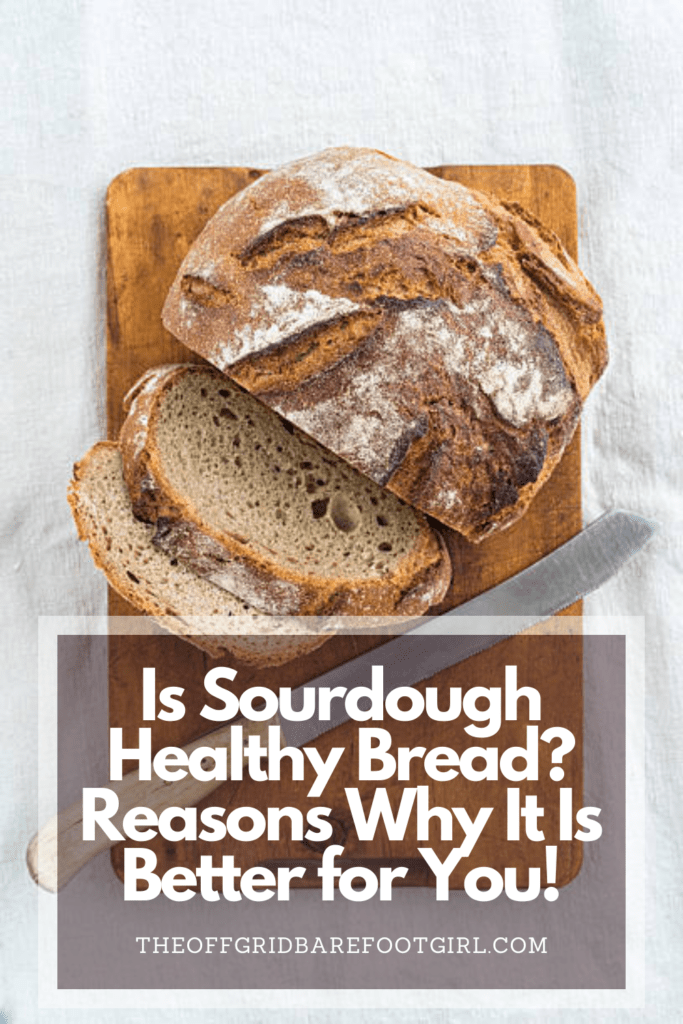
Frequently Asked Questions
1. Is sourdough bread gluten-free?
No, sourdough bread is not gluten-free. While the fermentation process that is used to make sourdough bread can break down some of the gluten protein in the flour, it does not eliminate all of it. Therefore, individuals with celiac disease or a gluten intolerance should avoid consuming sourdough bread as it still contains gluten that can trigger adverse reactions. However, some people with a mild sensitivity to gluten may find that they can tolerate sourdough bread better than conventional wheat bread due to the fermentation process reducing the gluten content somewhat. It’s always best to double-check ingredient labels and ask questions when purchasing sourdough bread if you have concerns about gluten content.
2. How can I make my own sourdough starter at home?
Making your own sourdough starter at home is actually quite simple! All you need is flour and water. Start by mixing equal parts of flour and water in a clean container to create a paste-like consistency. Cover the container loosely with a cloth or plastic wrap and let it sit at room temperature. Over the next few days, feed your starter by discarding half of it and adding more flour and water to keep it alive. You’ll start to see bubbles forming and notice a tangy smell–that means your starter is fermenting! It may take about a week for your starter to be ready for baking, but once it’s active and bubbly, you can use it to make delicious sourdough bread, pancakes, waffles, and more. Just remember to continue feeding your starter regularly to keep it healthy and thriving!
3. Are there any potential downsides to consuming sourdough bread?
While sourdough bread is praised for its unique tangy flavor and health benefits, there are a few potential downsides to consuming it. One of the main concerns is that sourdough bread can be high in sodium, which can contribute to high blood pressure and other health issues if consumed in excess. Additionally, some individuals may experience bloating or digestive discomfort after consuming sourdough bread due to its fermented nature. It’s also worth noting that sourdough bread takes longer to digest compared to other types of bread, which may not be ideal for those with certain digestive conditions. However, these potential downsides can often be mitigated by choosing whole-grain or low-sodium varieties of sourdough bread and consuming it in moderation as part of a balanced diet.
4. Can sourdough bread be enjoyed by individuals with gluten sensitivities or celiac disease?
Sourdough bread can actually be a great option for individuals with gluten sensitivities or celiac disease! Traditional sourdough bread is made through a fermentation process that breaks down some of the gluten proteins, making it easier for people with mild sensitivities to digest. Additionally, sourdough bread undergoes a longer fermentation period compared to regular bread, which further reduces the gluten content. However, it’s important to note that not all sourdough bread is created equal. Some commercial varieties may still contain high levels of gluten due to shortcuts in the fermentation process. For those with celiac disease, it’s best to look for certified gluten-free sourdough bread or make your own using gluten-free flour and a sourdough starter cultivated from non-gluten grains like rice or buckwheat. So go ahead and enjoy that tangy slice of sourdough – just make sure it’s the right kind for you!
Summary
I hope I have inspired you to make some sourdough bread to enjoy and share with your friends and family.
If you were encouraged by this post, I invite you to check out my FREE Printables Page for fun free printables, planners, and charts.
ENTER MY FREE Printables Page HERE
Here are some more of my bread-making inspiration posts to check out!
How to Make Sourdough Lemon Sugar Rolls
Everything You Will Need for Sourdough Bread Baking
How to Make Sourdough Tortillas
How to Make Sourdough Calzones
Pizza Dough: How to Make Sourdough Pizza Dough
Scones: How to Make Easy Sourdough Discard Scones
Pumpkin Rolls: How to Make Pumpkin-Shaped Bread Rolls
Breadsticks: How to Make Easy Sourdough Breadsticks
Sourdough Discard Fry Bread: Easy Sourdough Discard Hack
Sourdough Buttermilk Drop Biscuits: The Ultimate Secret to Easy Biscuits!
How to Make Apple Fritter Bread: A Perfect Fall Treat
How to Make the Perfect Pumpkin-Shaped Sourdough Bread from Scratch
Easy Pumpkin Bread Recipe That Will Satisfy Your Fall Cravings
The Ultimate Snickerdoodle Zucchini Bread Recipe: Tips for a Perfect Bake
How to Turn Stale Bread into Irresistible Breadcrumbs!
The Best Fall Maple Sourdough Bread Recipe
The Ultimate Guide to Making Sourdough Bread from Scratch
The Ultimate Guide to Crafting a Perfectly Tangy Wild Sourdough Starter
Artisan Bread: How to Make Artisan Bread
Challah Bread: How to Make a 6 Braided Challah Bread
Sweet Bread: How to Make Sweet Bread
Blessings,
The Off Grid Barefoot Girl

